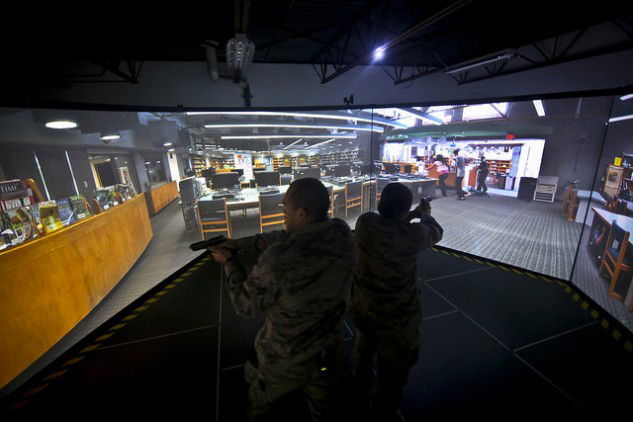Virtual Reality (VR) and Augmented Reality (AR) are not new concepts. Yet for the first time, technology has caught up with the concepts and allows these ideas to become tangible products.
The early 90s left a lot of doubts about the future of virtual reality. In a similar vein as 3D, many critics viewed it as a gimmick that served no meaningful purpose. Video games have delved in so-called ‘virtual reality’ before, with a notable example being Nintendo’s Virtual Boy – a stereoscopic 3D gaming system. Despite being marketed as a virtual reality console, it offered no head-tracking and many in the industry don’t consider it to be a true VR product. The failure of Virtual Boy is credited with hurting that subsection of the industry, though VR has recently made a comeback in a big way. This time around it isn’t all about gaming – the vision is broader than that.
The demand for this technology is real. Economists and tech giants alike are aware that we are in an era of information. Digital mediums aided by the internet allow widespread distribution of thoughts, ideas, and knowledge at an unprecedented level. Virtual reality is no longer a pipedream. VR headsets can provide ‘real’ virtual experiences in a way unheard of ten years ago.
What excites me is the possibility of creating real understanding between different people. Empathy is much easier to develop when you can actually experience life from the perspective of someone else. If a major news event were filmed using this technology, viewers could watch in real time from a first person perspective and actually look around and experience the event as it unfolds. Reading about a riot or seeing a news anchor report about a protest or battle is one thing, but to virtually experience it yourself introduces a visceral element.
A virtual reality film from June 2015 was recorded in the aftermath of the Nepal earthquake, bringing home the importance of the medium. It gives viewers a firsthand experience of the disaster and was filmed by RYOT. This could very well represent the next frontier of journalism and correspondence.
Could you imagine having a virtual reality record of a hallmark moment in world history? It holds the potential to bridge ideological divides and truly bring history to life.
The world is a big place, and it is economically diverse. Not everyone has access to teachers or tutors to instruct them in the sciences or arts. But what if you could watch a sculptor turn marble into timeless art from a thousand miles away? What if you could in turn practice on digital marble to hone your own technique and skills, skills that translate into the real world as a real profession?
Virtual reality represents a massive step because we can learn, train, explore, gain empathy, find entertainment, and develop our skills and passions without the limitations of our location. If you have seen the film series The Matrix, you might recall the scene in which the protagonist uploads a computer training program for Kung Fu. Within the confines of this virtual program, he trains and practices his abilities. While our technology is very different, it represents one way that it could be used to train and learn skills from the comfort of your own home.
Another variation of this technology is the aforementioned augmented reality. 3D overlays and text offer an unparalleled level of interaction. This is best represented in the technology of smart glasses. Imagine that you are watching down the street and see an advertisement. This billboard is virtual and because you are wearing augmented reality glasses, it could ‘jump off the page’ and play out before you. Another example would be a virtual desktop, akin to what Tony Stark uses in Iron Man. Your digital workspace is displayed before you, and you physically interact with it through gestures. This would allow for an unprecedented control over 3D objects, and ties back into the idea of creating digital art.
The wearable technology of Google Glass could go this direction in the future. Google’s first iteration is more limited in scope and is currently used as an optical head-mounted display. It allows you to perform actions like taking photos and searching the web. Some police departments and agencies have been provided with a special Google Glass software that allows them to photographically document traffic violations and upload them directly to Police databases. This software also allows them to record dates, times, and locations.
Taking this a step further, imagine if police records were accessible from virtual or augmented reality. If a detective were out in the field, they could consult and interact with all the station records and evidence without having to physically return to find them. A great fictional example is the ARI glasses FBI agent Norman Jayden uses in Heavy Rain.
One thing stands clear – virtual and augmented reality are not gimmicks. These are exciting technologies with the power to unite, teach, and change the world.


